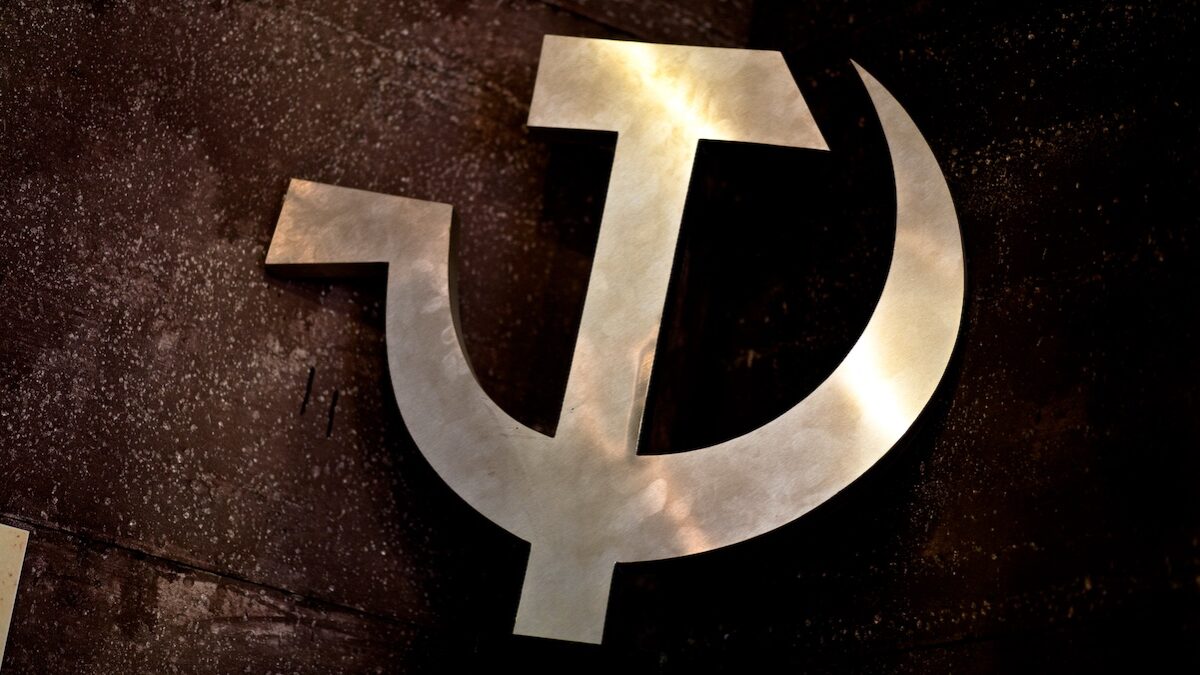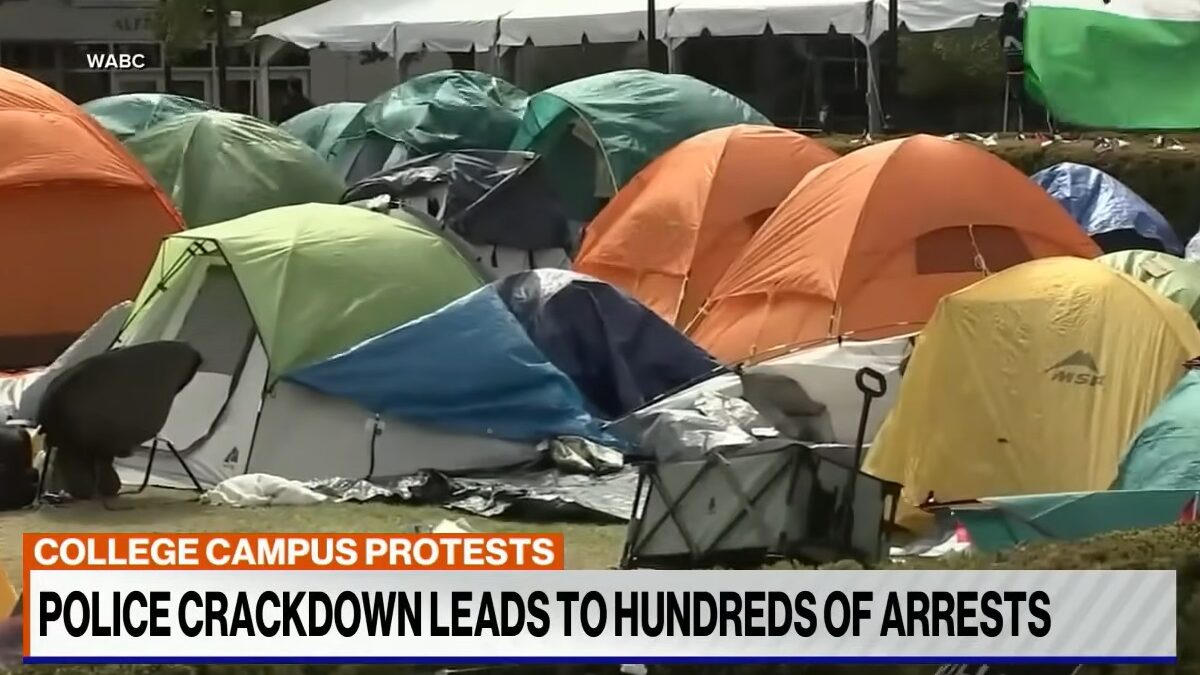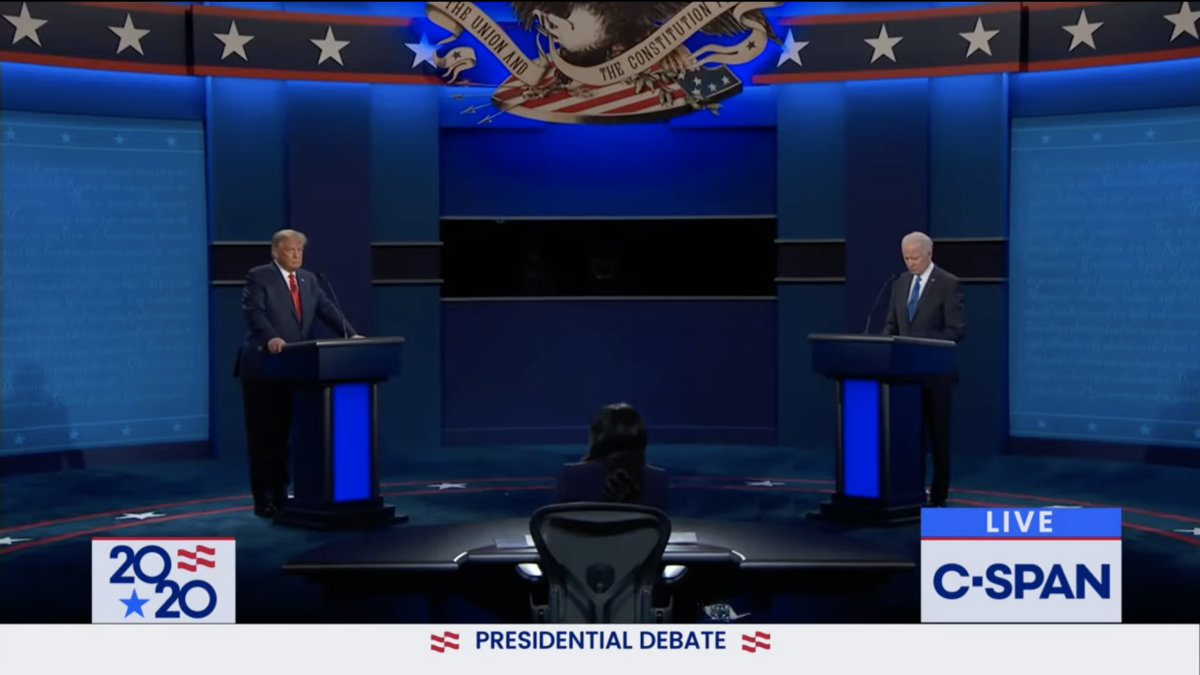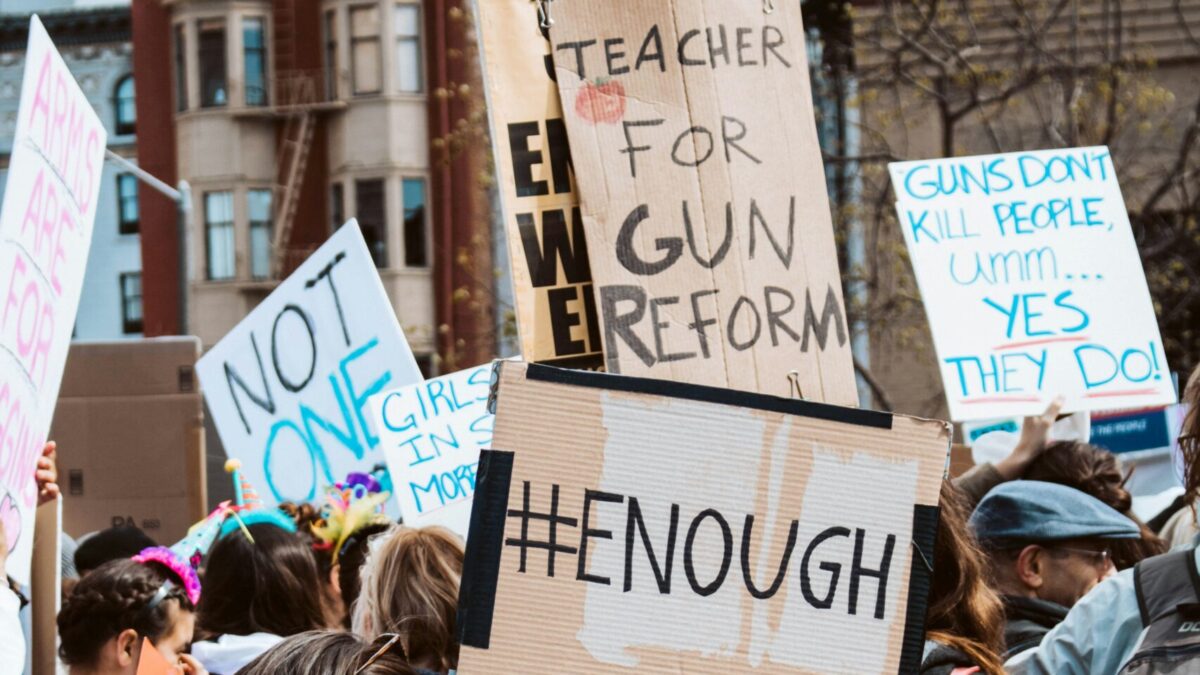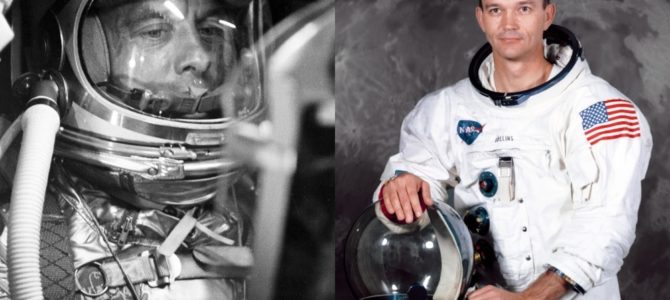
A confluence of events has drawn renewed attention to the 1960s-era “race to the Moon” between the United States and the Soviet Union. Last Wednesday, Michael Collins, the command module pilot for the Apollo 11 mission that first landed men on the moon, died at the age of 90.
Collins and his fellow astronauts Buzz Aldrin and Neil Armstrong ran the final leg in a relay that began eight years earlier, when Alan Shepard became the first American in space on May 5, 1961. Since six decades have passed since the United States entered the Space Age, it’s worth a look back to remember the pioneering accomplishments of the crews — both in space and back on earth — that led to this historic triumph.
The Solitude of Space
A graduate of West Point, Collins joined the Air Force in 1952, and his years as a fighter and test pilot made him eligible to apply for the astronaut corps. NASA selected Collins among its third group of astronauts in 1963; his first mission in space, the July 1966 Gemini 10 mission, successfully demonstrated orbital rendezvous and docking — a critical component of any trip to the moon.
The Apollo 11 mission put all the lessons that Collins and NASA had learned in Gemini to the test. It also saw Collins occupy a unique role, as he orbited the moon in the command module Columbia while Armstrong and Aldrin traveled down to the surface in the lunar module Eagle. That role made Collins one of the few Westerners alive at the time who couldn’t watch the lunar landing as it happened, as he didn’t have access to a television aboard Columbia.
Every time Collins orbited around the back side of the moon — out of reach of any radio signal from Earth — he was, as he wrote, “truly alone and absolutely alone from any known life.” While he said at the time of the 40th anniversary of the Apollo 11 mission that he experienced “exultation” during his day of solitude in space, Collins also spent that time pondering his worst fear: That a mechanical failure aboard Eagle would prevent Aldrin and Armstrong from rejoining him, forcing him to return to Earth alone.
As Collins wrote at the time:
My secret terror for the last six months has been leaving them on the Moon and returning to Earth alone; now I am within minutes of finding out the truth of the matter.…If they fail to rise from the surface, or crash back into it, I am not going to commit suicide; I am coming home, forthwith, but I will be a marked man for life and I know it.
Fortunately, such a fate met neither Collins nor his colleagues. Collins retired from the astronaut corps following Apollo 11, ultimately heading the National Air and Space Museum during seven critical years (1971-78) that saw the construction and opening of Washington’s most-visited museum. As his Apollo comrade Aldrin eulogized of him last week, Collins’s public service exemplified “the best of America, someone who instinctively put himself out for others, a lifetime commitment.”
The Dawn of the Space Race
Collins’s role in the historic Apollo 11 mission of 1969 came about in no small part due to the feats and decisions of individuals eight years earlier. Sixty years ago this week, Mercury 7 astronaut Shepard became the first American in space, with a suborbital flight on a Mercury Redstone rocket — what amounted to a slightly modified ballistic missile.
Rather than delivering a nuclear warhead to the Soviet Union, the Redstone carried a human payload that would start America’s voyage of discovery in space. Politically minded observers thought it little surprise that Shepard, a graduate of the Naval Academy in Annapolis, would get chosen as the first American to enter into space — the better for NASA to please President John Kennedy, a Navy man himself.
Americans did receive a surprise, however, when, three weeks before Shepard’s mission, the Soviets beat the United States into space, placing Yuri Gagarin into orbit. The Project Mercury astronauts fumed, as NASA’s caution — the agency insisted on adding another test flight with a chimpanzee before putting a human aboard a Redstone — prevented the American space program from launching the first man into space.
NASA quickly recovered from the setback, however, as Kennedy used an address to Congress three weeks after Shepard’s flight to set an audacious goal for the space program: “I believe that this nation should commit itself to achieving the goal, before this decade is out, of landing a man on the moon and returning him safely to the earth.”
Collins helped accomplish that goal, within the allotted time frame, in July 1969. Shepard also played an important role in the Apollo program. After persistent vertigo grounded him from flights in 1963, experimental surgery in early 1969 resolved the condition. Shepard returned to flight status in time to participate in the Apollo 14 mission, 50 years ago this past February.
Shepard’s biggest claim to fame from his time on the moon came in the form of an implement common to weekend duffers. After smuggling the head of a golf club into space in a sock, he attached it to one of his rock-collecting tools and took a couple of swings on live television (while he claimed the balls went for “miles and miles and miles” in the thin lunar gravity, analysis conducted as part of this year’s 50th anniversary suggests the balls only traveled a few dozen yards).
Dedicated NASA Staff
As the nation continues to rebound from COVID lockdowns, it seems fitting that the Air and Space Museum will become the first Smithsonian museum to reopen this Wednesday. The museum Collins helped bring to fruition will host the 60th anniversary celebration for Shepard’s flight, with the public getting to see his Freedom 7 spacecraft for the first time ever at the museum’s expansive Steven F. Udvar-Hazy Center outside D.C. in Chantilly, Virginia.
While astronauts like Shepard and Collins performed incredible feats under pressure in space, NASA’s success during the Space Race also came from the hard work and dedication of hundreds of thousands of individuals on the ground. Scientists and engineers of all shapes and sizes — male and female, black as well as white — worked to achieve a common goal.
The Space Race did not come without setbacks, most notably the tragic Apollo 1 fire that killed three astronauts during a launch pad test in January of 1967. But in the end, the exploration of space expanded human knowledge while serving as an important source of pride during the Cold War — an impressive legacy of Americans’ historic achievement.


